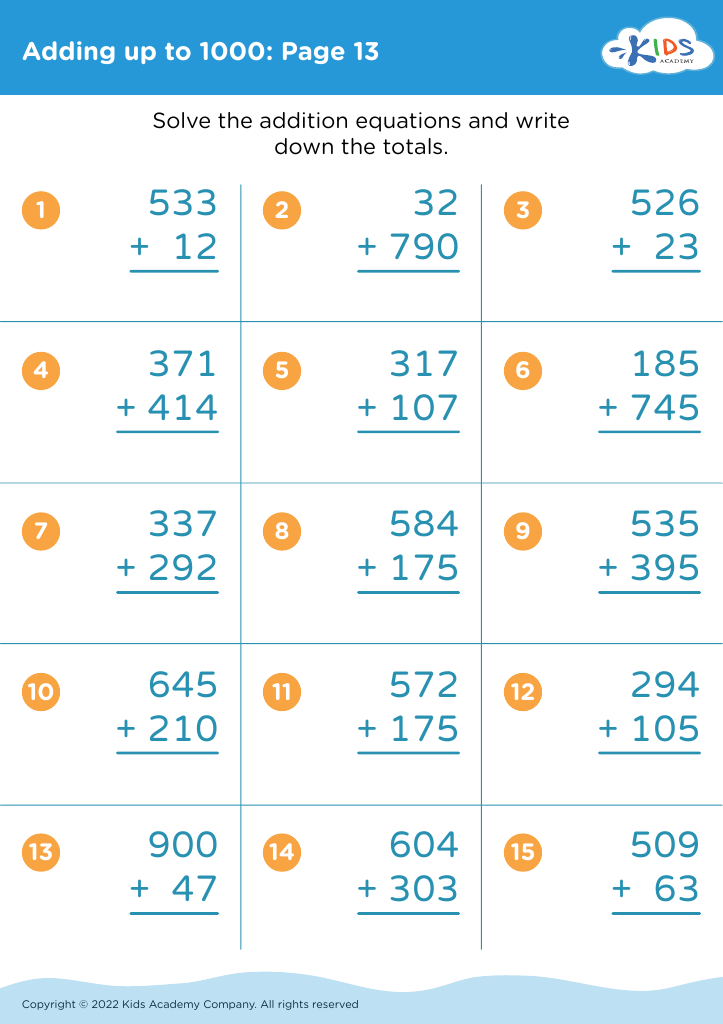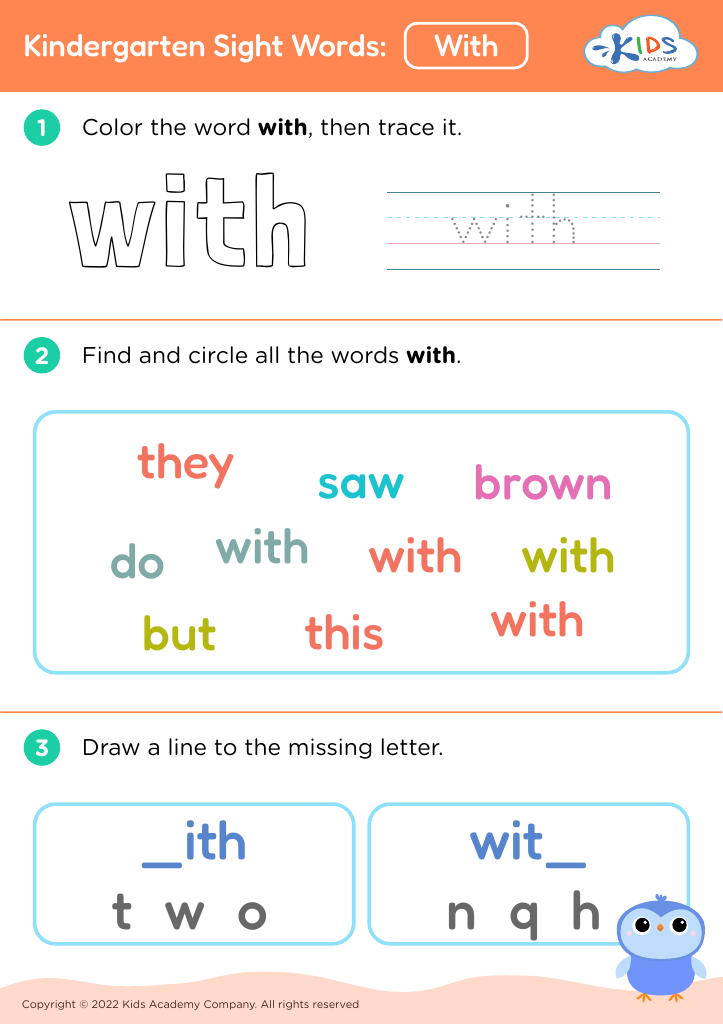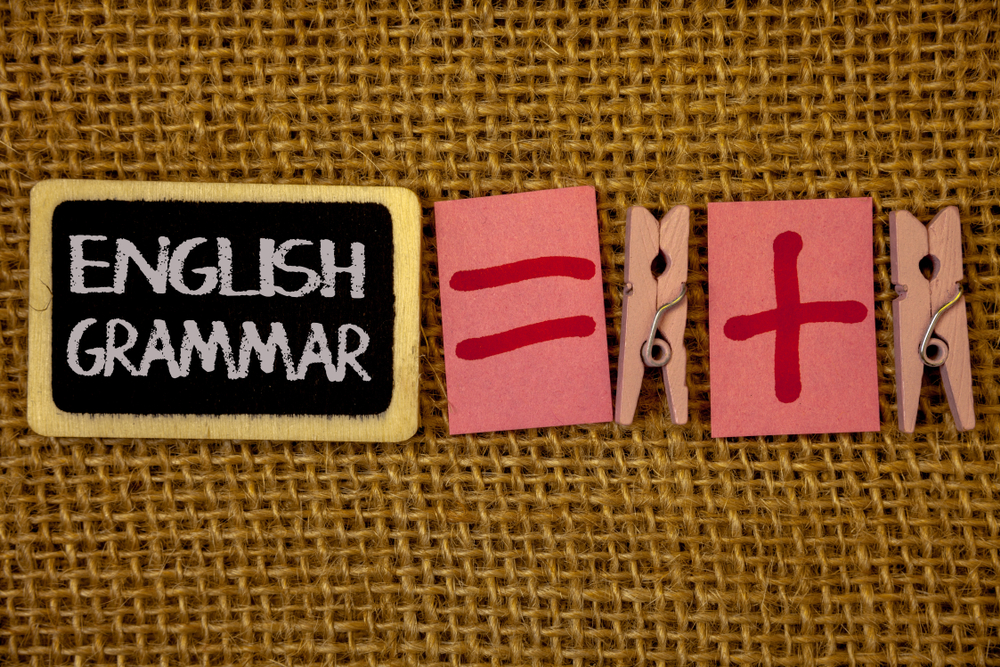Develop comprehension skills Worksheets for Kids
2 filtered results
-
From - To
Question/Answer
How to test a Grade 2 student’s Develop comprehension skills?
To test a Grade 2 student's comprehension skills, use age-appropriate reading passages followed by a mix of multiple-choice and open-ended questions that assess understanding of the main idea, details, sequence of events, and inference. Listening comprehension can also be evaluated by reading a short story aloud and asking similar questions to gauge the student's understanding of what was heard.
What does the Develop comprehension skill mean when it comes to Grade 2 Adding up to 1000 Misc learning?
Developing comprehension skills in the context of Grade 2 Adding up to 1000 Misc learning means teaching students to understand and interpret the mathematical problems and concepts within this range. It involves helping them grasp the addition process, recognize patterns, and apply logical thinking to solve problems, thereby enhancing their ability to work with numbers up to 1000 confidently.
How to train the Develop comprehension skill in Grade 2 students learning about Adding up to 1000 Misc?
To train Grade 2 students in developing comprehension skills for adding up to 1000, introduce visual aids like number lines and base-ten blocks. Use story problems that relate to their experiences. Practice with them in small, incremental steps, starting from simpler two-digit sums before moving on to three-digit numbers. Encourage group activities for peer learning and use games for reinforcement.













